The Tradition that is Grasse August 30, 2019
An account of the history of Grasse that makes it a perfumer’s treasure
Spring is definitely my favourite season. This morning I got up early and moved quietly to avoid waking the rest of the house. Wrapped up in my favourite cashmere kimono, with a steaming cup of coffee in my hand, I went out into the garden. I stepped, barefoot, onto the cool damp grass, as the first rays of sun gently warmed my skin. Facing the hill dominating the town of Grasse, I enjoyed the peaceful moment. And, in that moment, I was swept back in time.

At this time of year, the orange trees are covered in their delicate white blossom. Their rich, opulent fragrance floods me with memories of my childhood: a happy, sunny childhood with frequent holidays spent at the house of my grandmother, Augustine, in a charming little village close to Grasse.
Augustine baked the most wonderful “fougassette,” a sort of brioche deliciously flavoured with orange flower. One day, at teatime, she explained to me that a “fougassette” was originally a hunk of dough thrown into the oven to test the temperature. Once cooked, it served as a snack for bakers and their apprentices. For me, the exquisiteflavour of a “fougassette” will forever be associated with tender-hearted generosity.
I have wonderful memories of the times I spent with my grandmother, who used to tell me stories about the Grasse area that she loved so much.
Perched at an altitude of 350m between the mountains and sea, Grasse is a typically Provençal town with its narrow, meandering streets. Thanks to its location, the picturesque town enjoys generous southern French sun, a warm Mediterranean climate, and cool nights, making it an ideal spot for cultivating numerous perfume plants.
From an early age, my grandmother would take part in the season’s harvesting of blossoms with her parents, and other children from the village. They would get up very early each morning to pick the precious flowers, which are highly prized by perfumers for their unique and exceptional fragrance.
The region’s most emblematic blooms include Rosa centifolia and Jasminum grandiflorum.
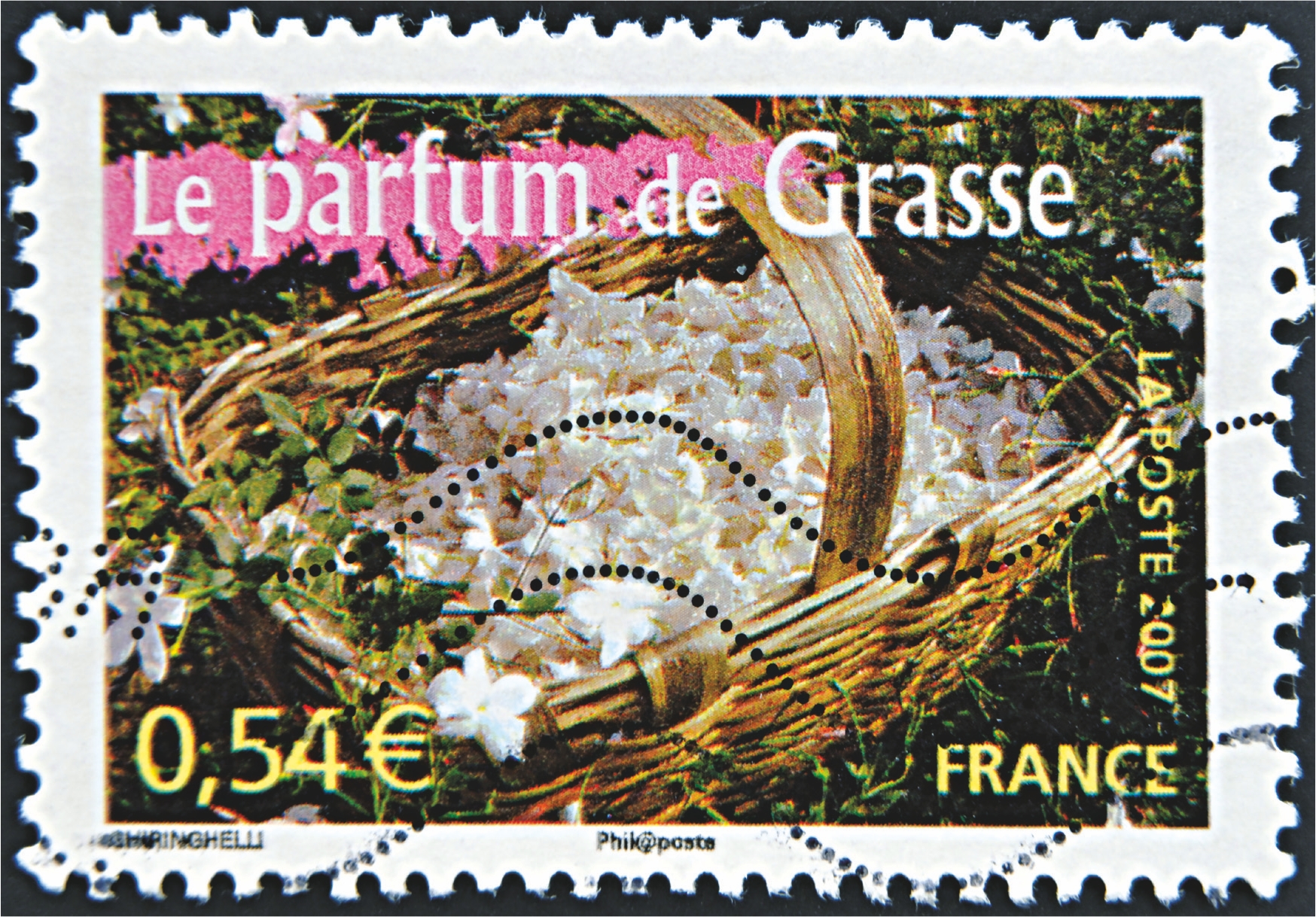
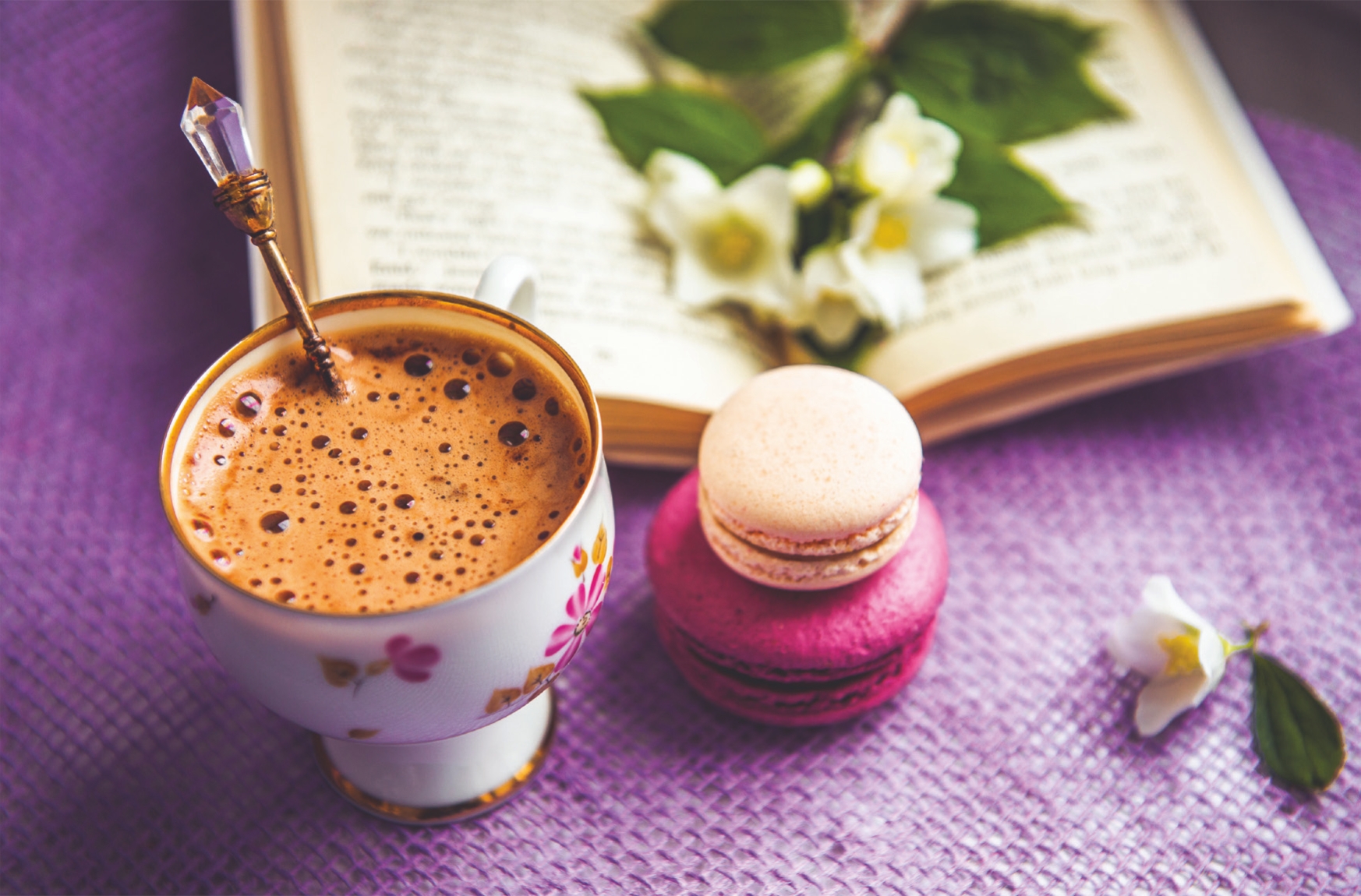
During the month of May, the rose buds open out one after the other. Bursting with perfume, the delicate flowers are harvested daily starting from noon. To preserve their perfume and keep them fresh, the flowers are transported in hessian bags to the factory, where they are directly transformed into “concrete,” and then from “concrete” to “absolute” – the raw material used by perfumers to formulate their loveliest creations. Their exquisite floral scent with delicious honeyed accents of rose de mai is irreplaceable.
A little later in the season, the jasmine flowers begin to open. In the humid heat of summertime, thousands of star-shaped flowers bloom every night from August up to the first frosts of October. The same ritual is repeated every morning, with seasonal pickers arriving in the fields from six o’clock. As the sun casts its first rays, they gather the jasmine until the end of the morning. This delicate job calls for careful picking. To preserve the heady, sensual note of the fragile white flowers, they are transported in willow baskets to the factory to transform.
Around Grasse, the warm summer evenings are deliciously perfumed with the voluptuous scent of jasmine. I have so many fond memories of gatherings on the terrace of Augustine’s house, surrounded by friends and family, lulled by the song of cicadas gradually fading over the course of the evening.
Courtiers in Versailles were particularly keen on smothering their unpleasant odour with great quantities of perfumed powders, ointments, and lotions.
It’s easy to see why the cultivation of numerous perfume plants has made Grasse the world’s capital of perfume, dating back years. Few people know, however, that the town’s love affair with fragrance started during the Renaissance. In the sixteenth century, Grasse was known for its traditional tanning activity. The leather production process and leatherwork required a great deal of water, and Grasse proved to be an ideal spot for this activity, with tanners working around the small canal that runs through the town.
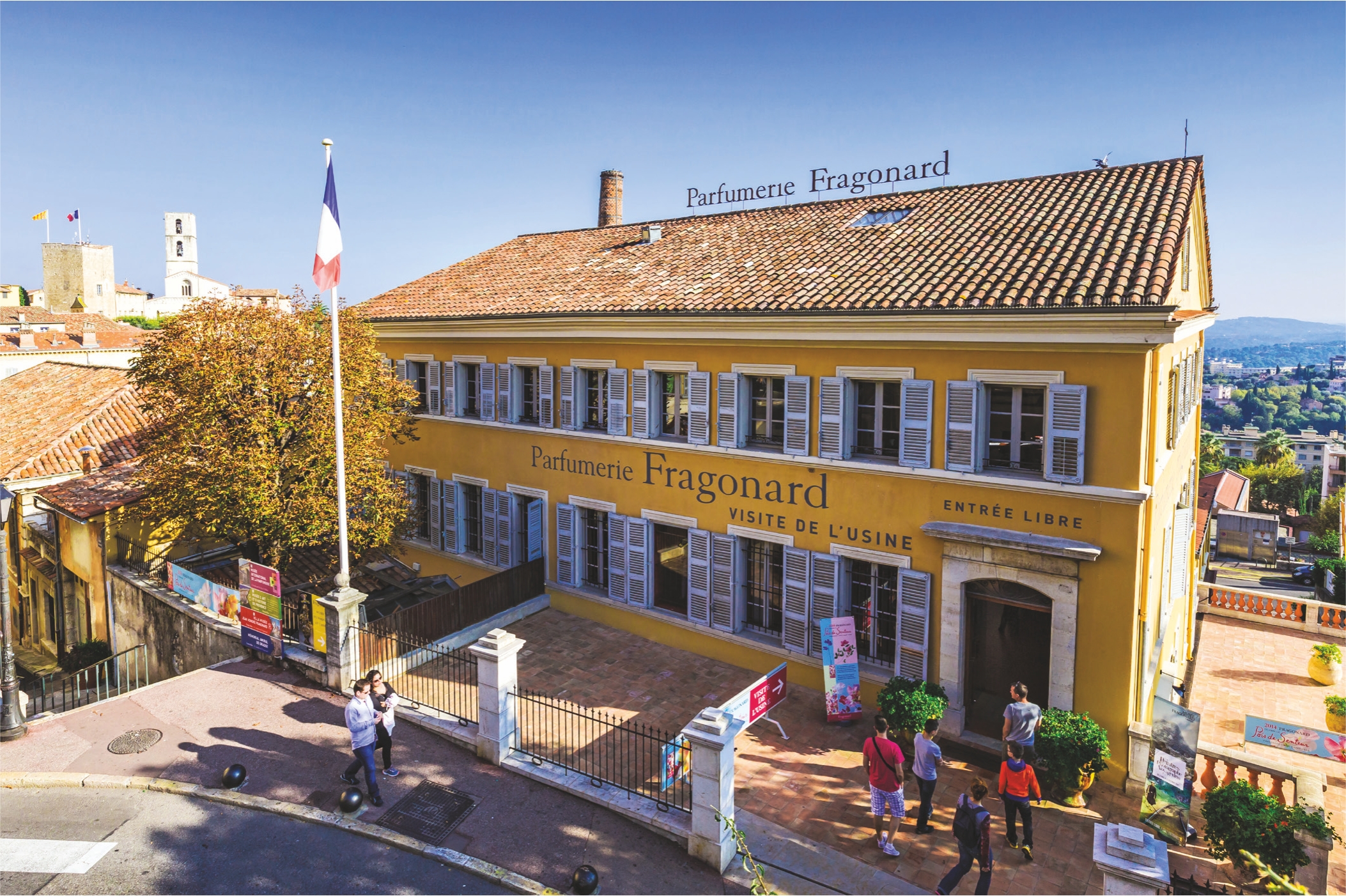
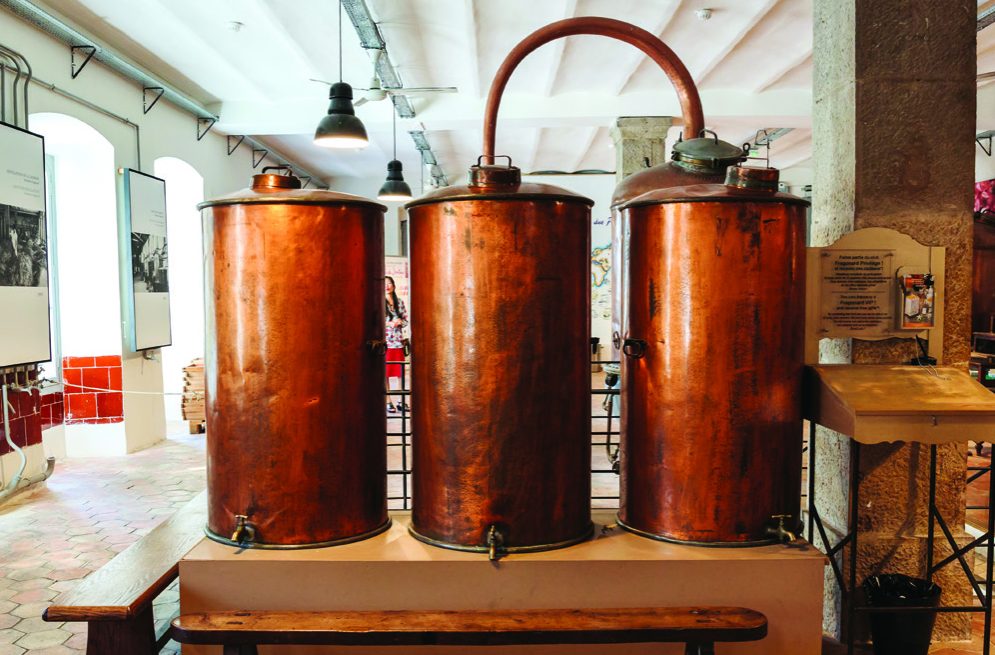
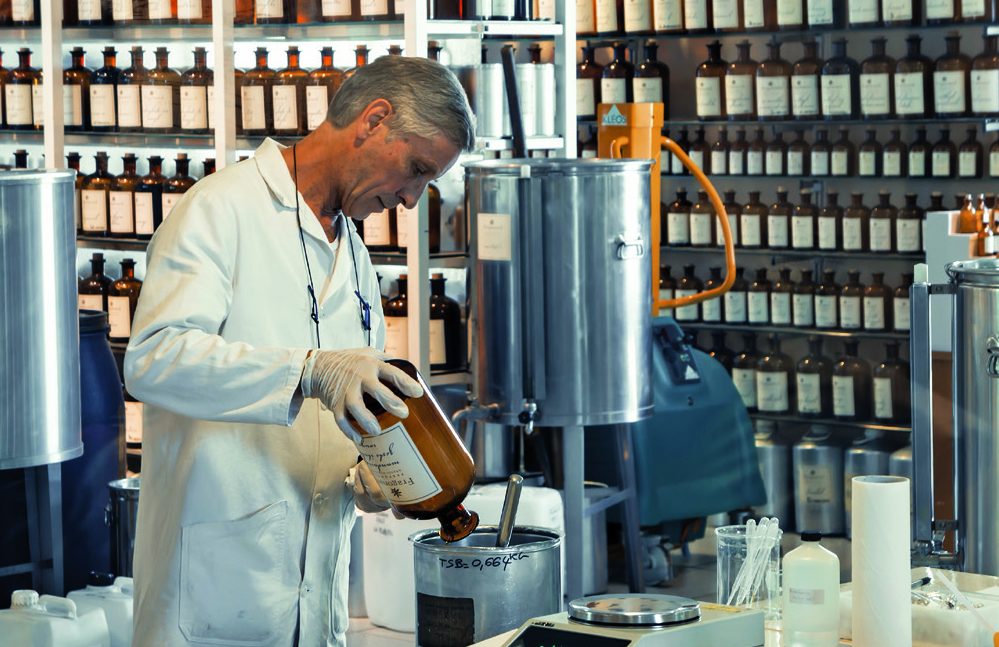
The tanners of Grasse built up an unparalleled reputation. However, the tanning generated a strong, disagreeable smell. The manufacturers had the idea of perfuming their production of gloves, bags, and belts with the natural essences available in the region. Courtiers in Versailles were particularly keen on smothering their unpleasant odour with great quantities of perfumed powders, ointments, and lotions. In 1614, King Louis XIII officially recognised the new corporation of “master glovemakers and perfumers”.
With its warm, sunny climate, the countryside around Grasse became covered with fields of flowers. Rose, jasmine, tuberose, and orange flower crops were developed, bringing new fragrances to the town. Glove-making slowly declined and the perfume industry took over, reaching a peak in the middle of the 18th century. Large family-run businesses emerged, some of which continue to this day.
In 1905 six hundred tonnes of flowers were harvested, and in the 1940s five thousand tonnes were produced annually. In the early 2000s the total production of all types of flowers was less than thirty tonnes.
In the 19th century some raw materials began to be imported from abroad, especially from the colonies. In 1840 Grasse featured numerous companies split into three sectors: plant growers (farmers who cultivated the land to grow precious essences), flower merchants (traders who imported new essences from elsewhere), and manufacturers (who produced the perfumed compositions). Around 1875 about 65 companies were based in the town.
In 1905 six hundred tonnes of flowers were harvested, and in the 1940s five thousand tonnes were produced annually. In the early 2000s the total production of all types of flowers was less than thirty tonnes. The 19th century was a prosperous one. The perfumeries developed partly thanks to a clientele of American tourists visiting the Riviera, who came to buy perfumed presents and traditional gifts from Grasse (antique jewellery, embroidered linens, and jams).
From my earliest years, my lovely grandmother would tell me stories about this small town blessed by the gods, the only town in the world where the word “factory” still evokes beauty, elegance, and secrets. Today, Grasse is still the seat of traditional perfumery, home to numerous famous “noses,” and the ultimate destination for all lovers of quality perfume.
Nathalie Sahut, Fragrance Influence, France
 Ultra International B.V.
Ultra International B.V.